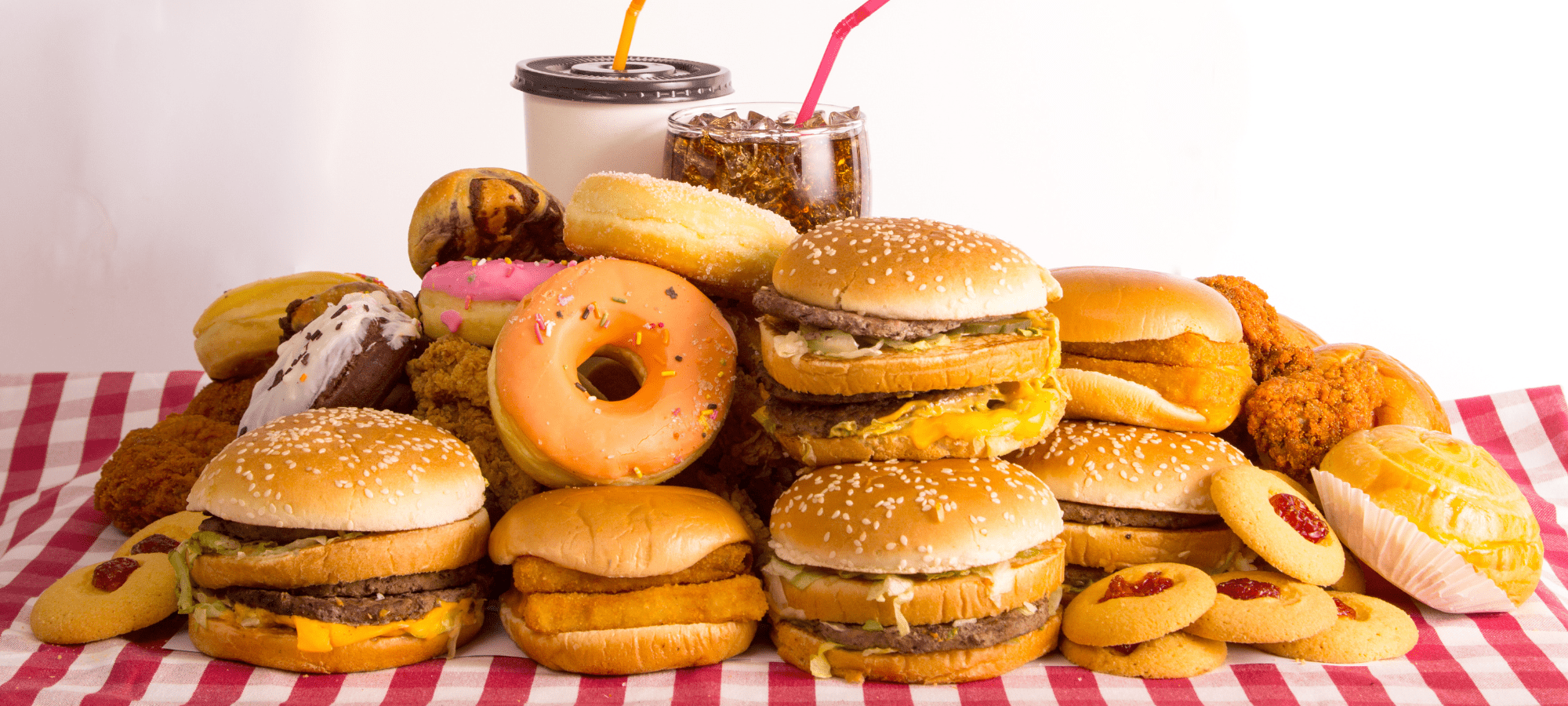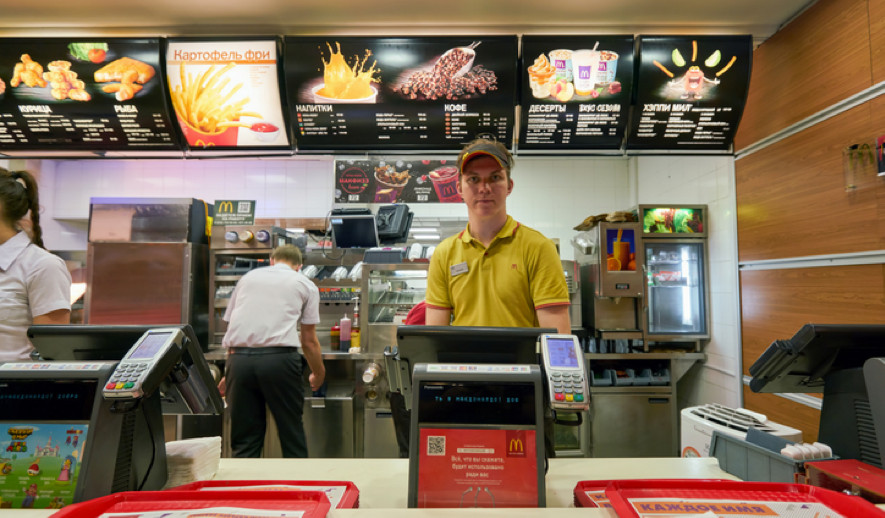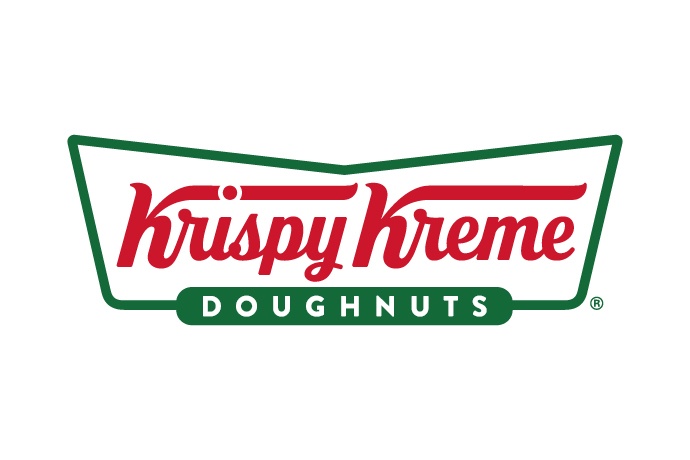Subway, recognized as the largest and most prominent submarine sandwich franchise globally, boasts a rich history that spans several decades. Established in the mid-1960s by two enterprising young individuals, Subway has transformed into a worldwide fast-food powerhouse, with thousands of outlets across nearly every region of the globe. This overview explores the intriguing history of the Subway franchise, highlighting its modest origins, swift expansion, marketing tactics, and the various challenges encountered throughout its journey.
1. The Genesis of an Idea
The Subway narrative commenced in August 1965 when Fred DeLuca, a 17-year-old high school graduate, teamed up with Dr. Peter Buck, a nuclear physicist, to launch a submarine sandwich shop in Bridgeport, Connecticut. DeLuca, hailing from a diligent Italian family, aspired to pursue a medical degree, but financial constraints made this goal seem unattainable. Dr. Buck, who became DeLuca’s financial supporter, proposed the concept of opening a sub shop to help DeLuca generate funds for his education.
They initially branded their venture as “Pete’s Super Submarines,” and with a $1,000 loan from Dr. Buck, the first restaurant was opened. At that time, the idea of offering submarine sandwiches, or subs, was relatively unique, as such sandwiches were not widely available in mainstream fast-food outlets.
2. Initial Hurdles and Innovation
The path for DeLuca and Buck was fraught with challenges. The inaugural restaurant was situated in a less-than-ideal location, necessitating relentless efforts to draw in customers. During these formative years, the franchisees encountered numerous difficulties, including limited financial resources, intense competition, and a steep learning curve within the food service sector.
A significant innovation that distinguished them was the introduction of a toaster to enhance the bread’s crispiness for their sandwiches. The warm, crispy bread quickly became a signature feature of Subway’s menu, differentiating them from conventional cold sandwich shops.
3. Transitioning from Submarine to Subway: Rebranding and Expansion
In 1968, DeLuca and Buck opted to rename their burgeoning enterprise “Subway” to better represent their emphasis on submarine sandwiches. This strategic rebranding was crucial for the company’s development. The name was not only memorable but also suggested the notion of swift travel from one location to another, which resonated with the fast-food concept.
As Subway’s reputation for fresh, made-to-order sandwiches grew, the company began to expand through franchising. This model enabled rapid scaling and allowed the Subway experience to reach a broader audience. The first Subway franchise was established in Wallingford, Connecticut, in 1974, marking the inception of a franchising network.
The franchise system offered aspiring business owners the chance to manage their own Subway locations, adhering to the proven business model while utilizing Subway’s unique recipes and bread-making methods. This strategy contributed to Subway becoming one of the fastest-growing franchises in the United States.
4. Menu Evolution and Health Consciousness
A significant factor in Subway’s success was its ability to respond to evolving consumer preferences. During the 1980s and 1990s, as health awareness increased in the United States, Subway seized the opportunity to position itself as a healthier fast-food option. They launched the “7 Under 6” campaign, highlighting a range of subs containing fewer than six grams of fat.
Additionally, the “Subway Diet,” popularized by Jared Fogle in the late 1990s, drew considerable attention to the brand’s health-oriented offerings. Jared claimed to have lost a significant amount of weight by consuming Subway sandwiches, effectively becoming a brand ambassador for the franchise.
This focus on healthier choices enabled Subway to broaden its customer base, attracting individuals seeking nutritious dining options without compromising on flavor. The use of fresh ingredients, a wide selection of vegetables, and customization possibilities allowed customers to personalize their subs according to their dietary needs.
5. Global Expansion
By the late 1980s, Subway had firmly established its presence in the United States, paving the way for its ambitions of international growth. The franchise took its first step outside the U.S. in 1984 by opening a location in Bahrain, initiating a global expansion that would eventually reach nearly every part of the world.
Subway’s journey into international markets was characterized by both achievements and the necessity for adaptation. The company understood the importance of modifying its menu to align with local tastes and dietary needs. For instance, in India, Subway introduced a variety of vegetarian options to accommodate the largely vegetarian demographic.
However, the company encountered challenges in certain regions where consumer preferences and eating habits diverged significantly from those in the U.S. In Japan, where raw fish is a dietary staple, Subway innovatively offered sushi sandwiches. This adaptability and localization of its menu were crucial in helping Subway gain acceptance in diverse international markets.
6. Marketing Strategies and Partnerships
Subway has gained recognition for its marketing initiatives, which frequently emphasize freshness and health. The slogan “Eat Fresh” became emblematic of the brand, reinforcing its image as a healthier fast-food alternative.
In addition to its marketing efforts, Subway established several strategic partnerships to bolster its brand visibility. A significant collaboration was with the American Heart Association (AHA), making Subway the first and only restaurant chain to earn the AHA’s Heart-Check certification for heart-healthy meals in 1998. This partnership enhanced Subway’s reputation as a health-oriented dining option.
Furthermore, Subway capitalized on endorsements from celebrities and athletes to strengthen its brand identity. Prominent endorsements from figures such as Michael Phelps, Nastia Liukin, and Blake Griffin, who advocated for Subway’s Fresh Fit menu items, not only boosted marketing efforts but also associated the brand with fitness and health.








